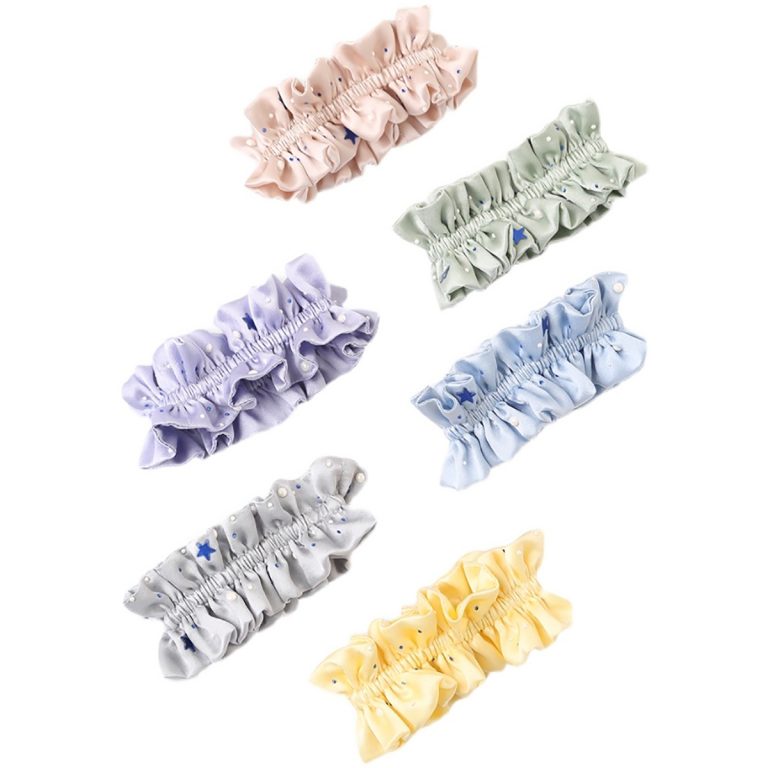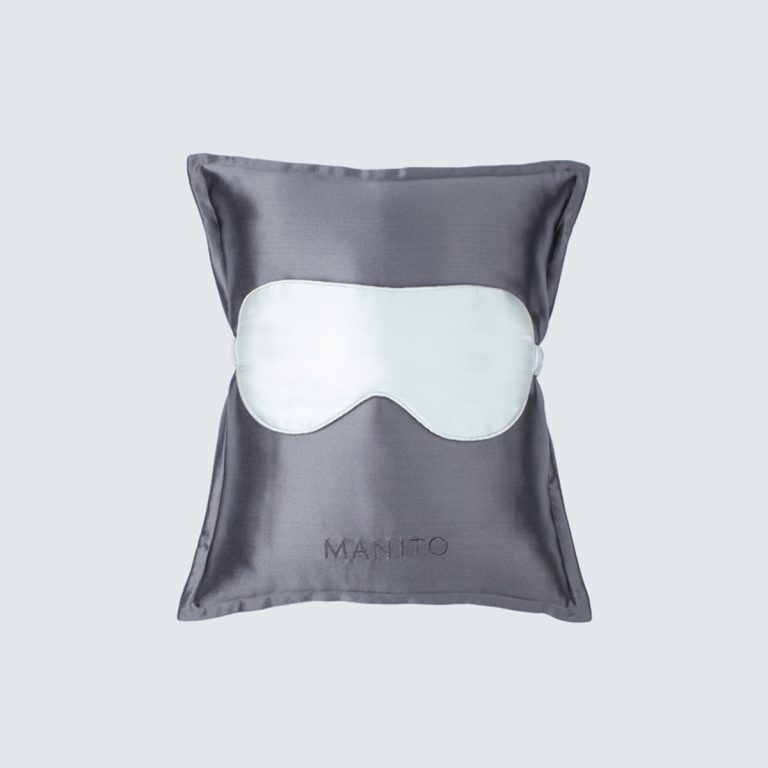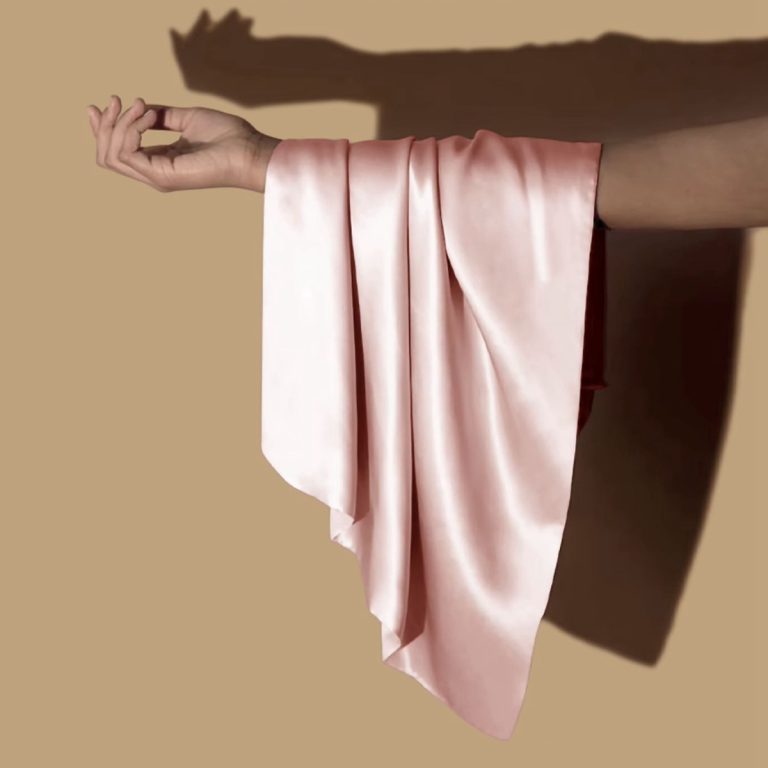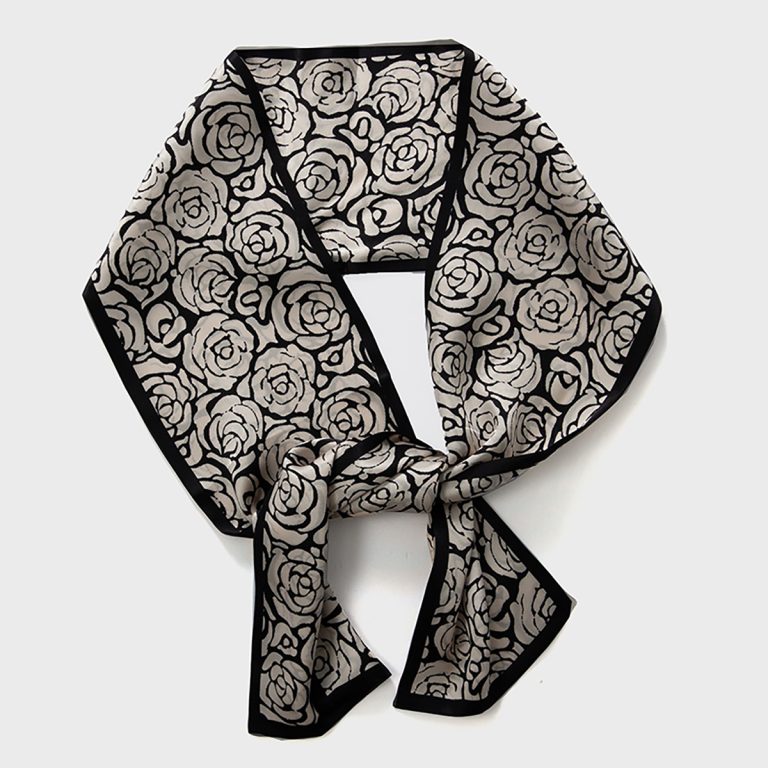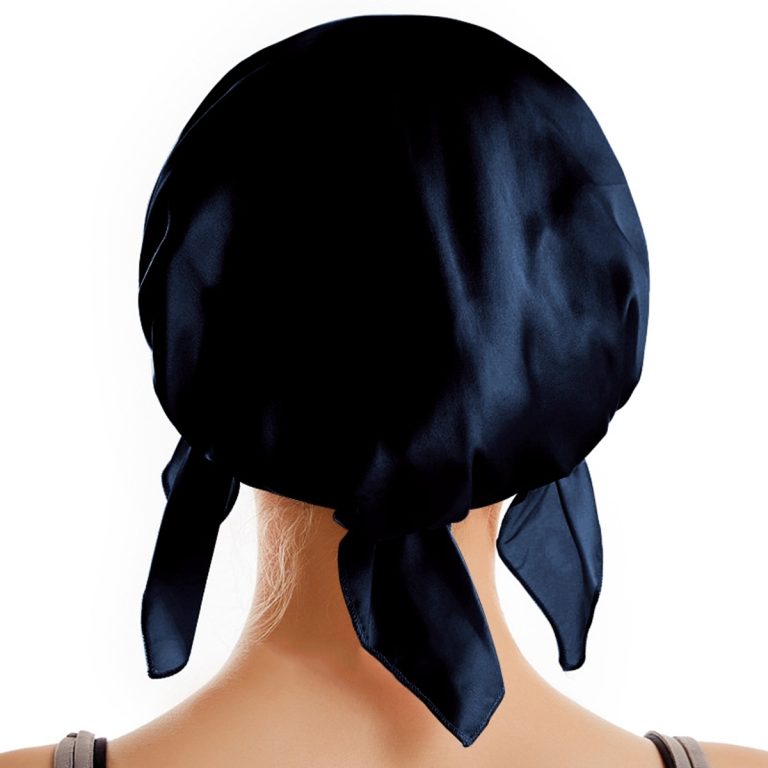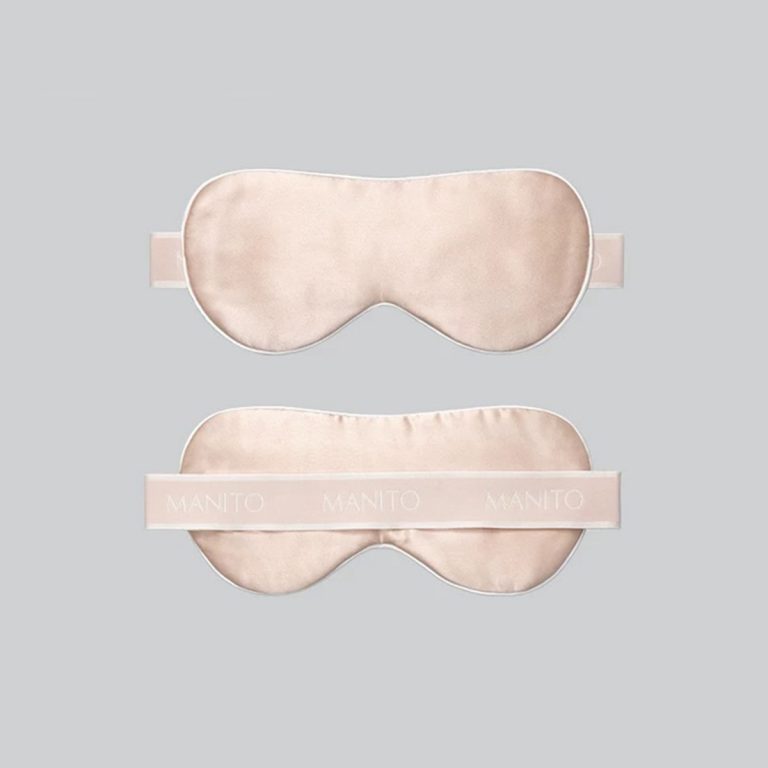Exploring the Process of Custom Hijab Silk Manufacturing
Custom hijab silk manufacturing is a meticulous process that involves various steps to ensure the production of high-quality silk products. From selecting the finest silk materials to designing and printing custom patterns, each stage of the manufacturing process plays a crucial role in creating unique and luxurious hijabs.
The first step in custom hijab silk manufacturing is selecting the right type of silk material. Silk is a natural fiber that is known for its softness, luster, and durability. There are different types of silk fabrics available, such as mulberry silk, chiffon silk, and satin silk, each with its own unique characteristics. The choice of silk material will depend on the desired texture, weight, and drape of the hijab.
Once the silk material has been selected, the next step is to design the custom patterns for the hijab. This involves creating digital designs or hand-drawn sketches that will be printed onto the silk fabric. Custom patterns can range from intricate floral motifs to bold geometric shapes, depending on the customer’s preferences. The design process may also involve selecting the color palette and adjusting the scale and placement of the patterns to achieve the desired look.

After the custom patterns have been finalized, the next step is to print the designs onto the silk fabric. This can be done using various printing techniques, such as digital printing, screen printing, or block printing. Digital printing is a popular choice for custom hijab silk manufacturing as it allows for precise and detailed designs to be printed onto the fabric. Screen printing and block printing are more traditional methods that involve transferring the designs onto the fabric using screens or blocks.
Once the designs have been printed onto the silk fabric, the next step is to cut and sew the fabric into hijabs. This involves cutting the fabric into the desired shape and size, hemming the edges, and adding any finishing touches, such as tassels or embellishments. The sewing process requires skilled craftsmanship to ensure that the hijabs are well-made and durable.
Finally, the finished hijabs are inspected for quality control before being packaged and shipped to customers. Quality control involves checking for any defects in the fabric or printing, ensuring that the colors are accurate, and verifying that the hijabs meet the customer’s specifications. Once the hijabs have passed inspection, they are carefully packaged and shipped to customers around the world.
| 2 in 1 hijab | turkish scarf | silk cotton | jewish |
| silk rayon mixed | summer scarves | graduation stole | pareo |
| 100% polyester | a neck scarf | silk bamboo | a silk durag |
In conclusion, custom hijab silk manufacturing is a complex process that requires attention to detail, creativity, and skilled craftsmanship. From selecting the finest silk materials to designing and printing custom patterns, each step in the manufacturing process contributes to the creation of luxurious and unique hijabs. By understanding the intricacies of custom hijab silk manufacturing, customers can appreciate the time and effort that goes into creating these beautiful silk products.

